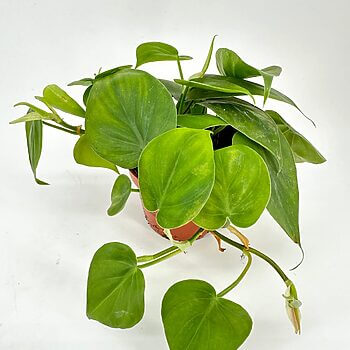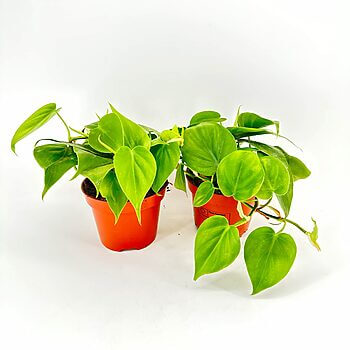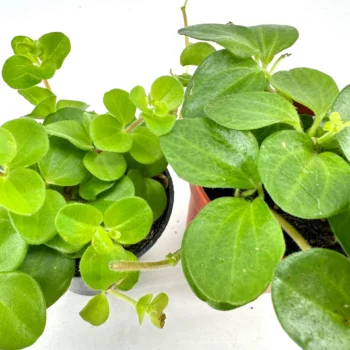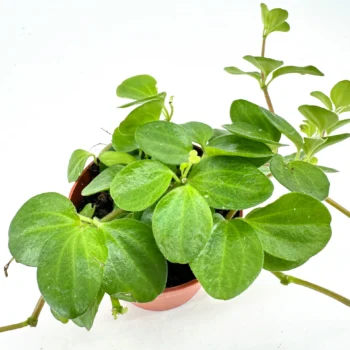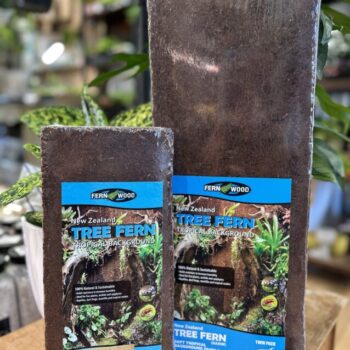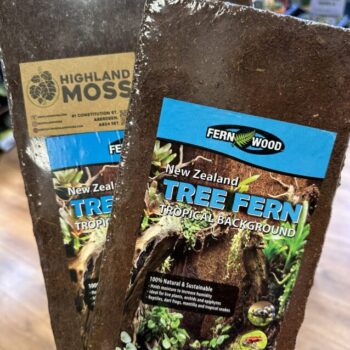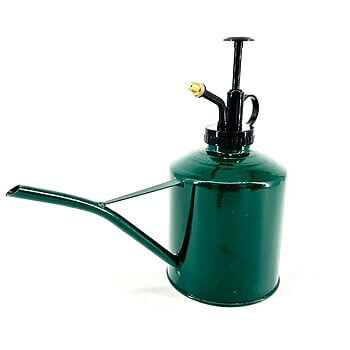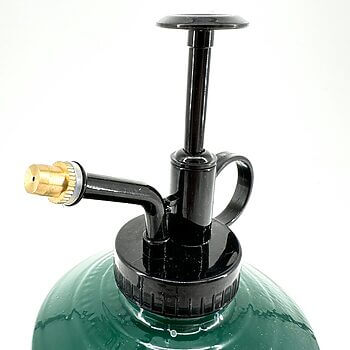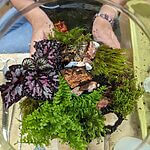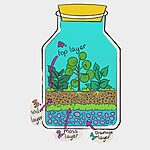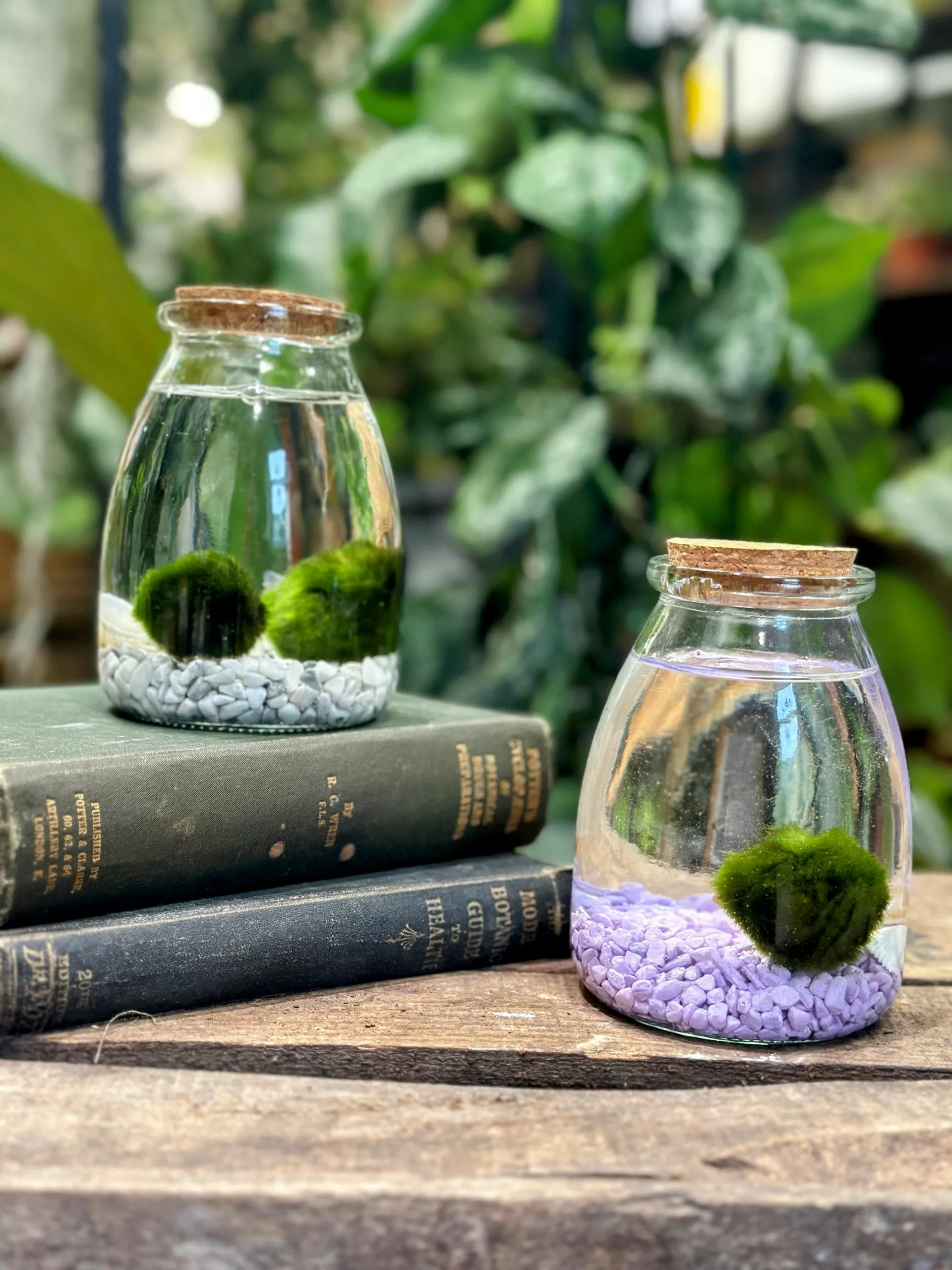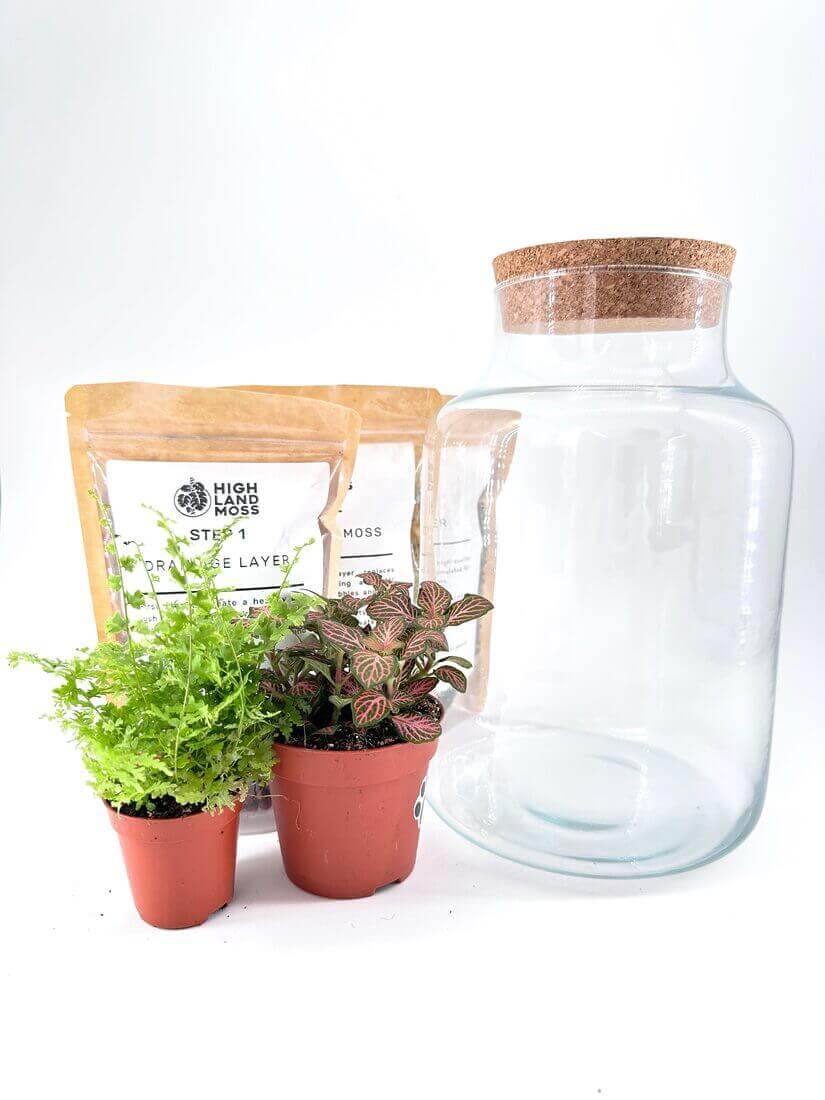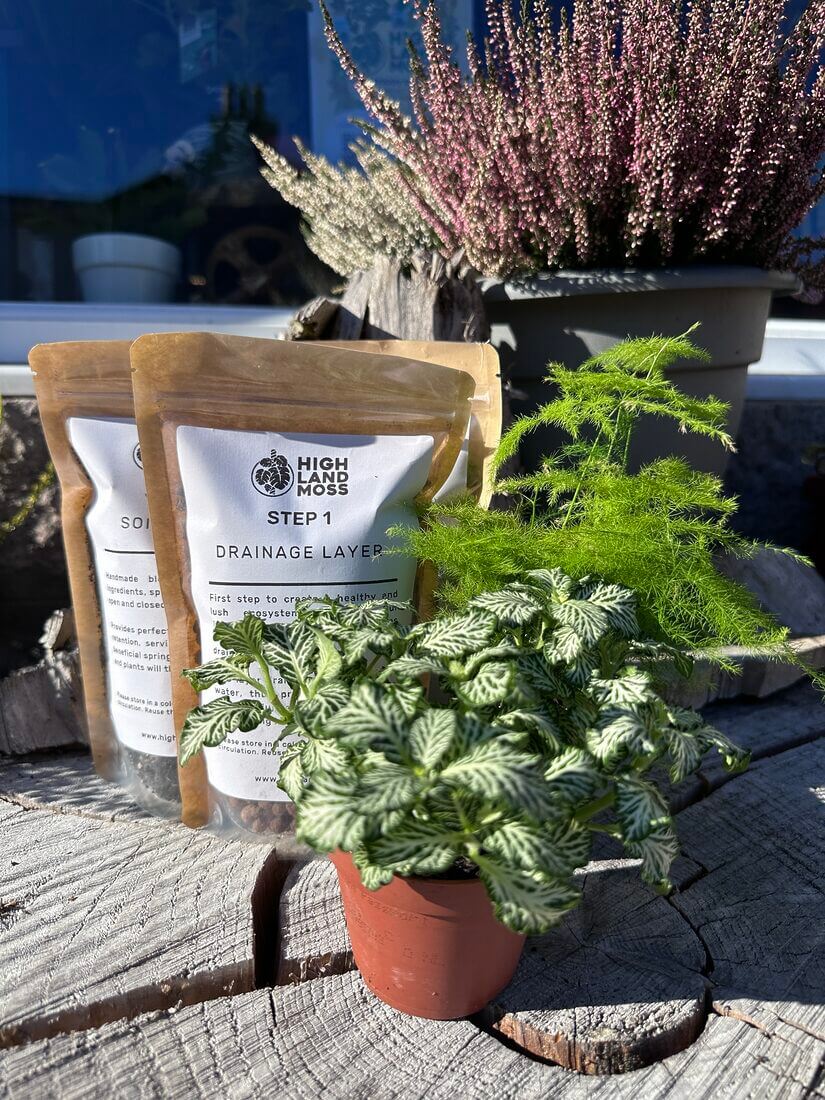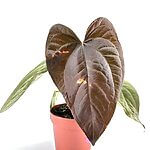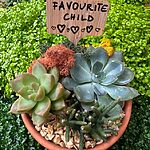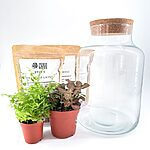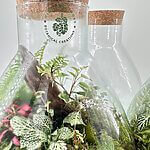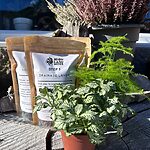Table of Content
- About
- Light
- Humidity
- Water
- Soil
- Pest & Diseases
- Feed
- Pruning & Propagating
- Repotting
- Troubleshooting & Tips
- Toxicity
- Species
- Dioscorea elephantipes
About
Dioscorea is an interesting and usual variety of plants with a wide and diverse family spread across the tropical and warmer regions of the world, mainly found throughout Asia, the Southern United States and Africa. There are around six hundred species of plant that belong to the family Diosoreacease, with the majority of the family classified as the wild yam and consisting of vining and invasive plants that can grow up to eighteen meters long.
The wild yam has proved to be a very important plant and has been used in medicine to treat menstrual and stomach cramps. During the 1950s a scientific study found that Doscorea contains a form of plant-based estrogen called diosgenin which was used to produce the first birth control pill in the mid-sixties. Alongside this, the plant has been found to be rich in antioxidants and nutrients with some studies hypothesising that those who consume this plant in its native areas have a higher life expectancy.
The most popular variety of houseplants in this family is Dioscorea Elephantipes which is a fascinating and enchanting variety commonly known as Elephants Foot. It received this name from the slow-growing bulbous trunk that resembles that of an elephant’s foot. Classed as a vining succulent this weird and wonderful plant is truly something different and if you get the chance to add one to your houseplant collection don’t turn it down! Native to South Africa this plant is often passed down from generation to generation due to its impressive life span.
Light
Dioscorea needs an abundance of light when grown indoors. It is best to place the plant in the brightest spot possible. Ideally, the plant should receive a few hours of direct morning sunlight and spend the rest of its days in bright ambient light. It will tolerate partial shade throughout the day but if the light levels are too low it quickly starts vining towards the nearest source of light.
Humidity
Most Dioscorea will tolerate the average household humidity of around 40%. Ideally, they like it slightly higher at around 50-60% but it is often never a problem for these plants. It is worth keeping an extra eye on them during winter when there is likely to be less moisture in the air but depending on which variety you have it may have gone dormant and it won’t be an issue.
Water
Non-succulent Dioscorea falls happily in the middle of the watering spectrum. Unlike other houseplants that prefer to be perpetually moist, this plant will want to dry out thoroughly in between waterings but have a good top-up when the time comes.
Succulent varieties of this plant will require very infrequent watering, they are very drought tolerant and will not tolerate sitting in water. The biggest killer of this plant is overwatering which can quickly cause permanent damage and potential collapse of the plant. It is essential that it’s allowed to fully dry out between watering.
It is also important to note when the plant goes dormant in the winter the watering will need to be reduced further.
Soil
Dioscorea will need to be placed into sharply draining soil to have any chance of survival, the soil needs to be relatively loose to allow for good drainage and aeration of the roots. It is always best to use Cacti and Succulent compost as this has been specially formulated to recreate the ideal conditions for your plant.
You could still use regular potting soil but you would have to add a mixture of sand, perlite and grit in order to increase the drainage and allow a good environment for the root system to thrive.
Pest & Dieases
It is good practice to regularly check your plants for any signs of aphids, red spider mites, mealy bugs, and thrips. You may notice some signs of distress and allow yourself time to prevent a full-blown attack.
The most common pests that are attracted to Dioscorea are mealybugs.
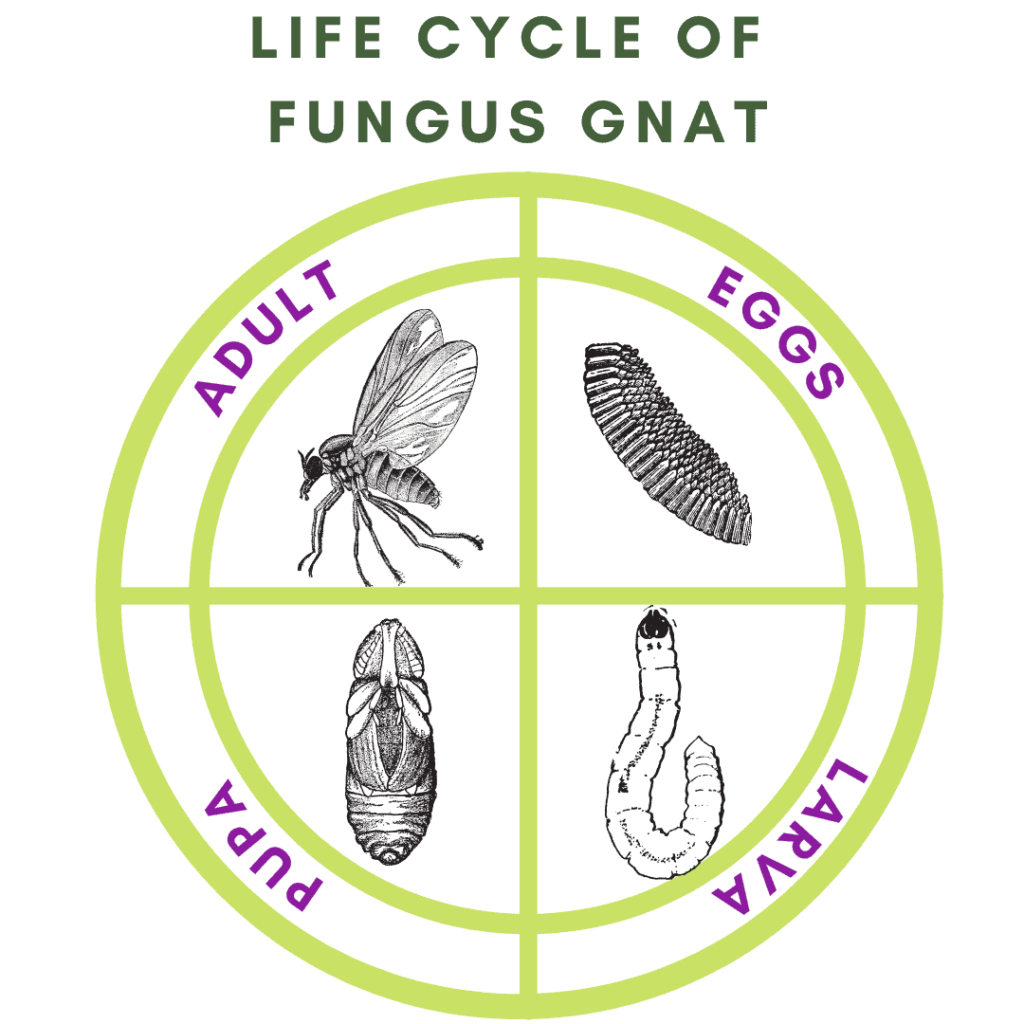
Check our video on homemade pest remedies or head over and read are Fungus Gnat Fact Check
Feed
Thriving plants will need regular feeding to keep the nutrients at optimal levels in the soil. Like most houseplants, to promote healthy roots, stems, and leaves they will need a steady supply of nitrogen, phosphorus, and potassium.
A good liquid houseplant feed can be applied every four weeks diluted down to half strength during the growing season. There’s no need to feed during the winter, light levels are much lower and the plant won’t use as much energy to grow or the plant will be dormant.
Pruning & Propagating
If you have a more vigorous variety of Dioscorea then regular pruning will be useful to keep it in check but with slower-growing succulent varieties pruning will only need to be done to remove dead or damaged leaves.
REMEMBER – Always use clean and sharp pruning scissors!
The only way to propagate this plant is to grow it from seed or from cuttings. Growing from seed can be difficult with a low success rate so cuttings are often the way to go.
Cuttings – Simply place your cuttings in a glass of rainwater and wait for up to 2-4 weeks to start seeing signs of new roots. You will need to regularly change the water to avoid a build-up of algae. Once you have substantial root growth you can place the cutting into a small pot of Cacti and Succulent compost.
You can also put your cutting straight into a jar with fresh sphagnum moss. This is probably the easiest way to propagate as it involves the least steps. Simply take your cutting at the node, find a jar or pot preferably with no drainage holes, fill it up with fresh moss and nestle your cutting in the centre.
Fill up the jar with water so the moss has been evenly watered and then drain out all excess water making sure not to leave any at the bottom of the jar when standing upright. Now just keep an eye on your new cutting, checking the moss every couple of days to ensure it hasn’t dried out.
Repotting
It’s best to re-pot your Dioscorea once the roots fill their pot. Depending on the size of the plant, you may find yourself repotting every one to two years. That being said, they don’t mind being pot-bound, they can survive like this for quite some time, as long as they are receiving enough nutrients via feeding and could happily be repotted every two to three years especially as they grow more mature. It’s always best to use a shallow pot as the roots don’t grow very deep.
The pot size can increase by one step up every year for as long as you have the space to house the new influx of growth. If you have reached your maximum pot size you will need to top-dress the plant once a year with a fresh layer of soil to replenish the nutrients.
The best time to repot your Dioscorea is when spring arrives. Outside temperatures will rise and the daylight hours will increase. When this happens your Dioscorea will react quickly to the environmental change and start producing lots of new foliage growth.
You will need to pick a pot with good drainage, we don’t want water hanging around the roots.
Next, fill a third of the way up with Cacti and Succulent compost. Place the root ball of the plant in the centre of the pot.
When you’ve finished and got your plant back in the perfect spot you can give it a thorough watering to settle the plant into its new pot. Keep a close eye on it for the first couple of weeks and then relax back into your normal watering and feeding schedule.
Troubleshooting & Tips
- Avoid extreme temperatures both hot and cold as this can cause the plant to go into shock
- Overwatering will be the biggest killer of this plant so always water sparingly.
- These plants will need some shade throughout the day to fully thrive.
- Don’t feed succulent varieties of Dioscorea during the winter when they are dormant.
Toxicity
Most varieties are harmless and dont pose any threat to humans or pets, but in some cases may cause slight skin irritation. However, Dioscorea elephantipes are toxic if ingested so best to keep them in a safe location.
Species
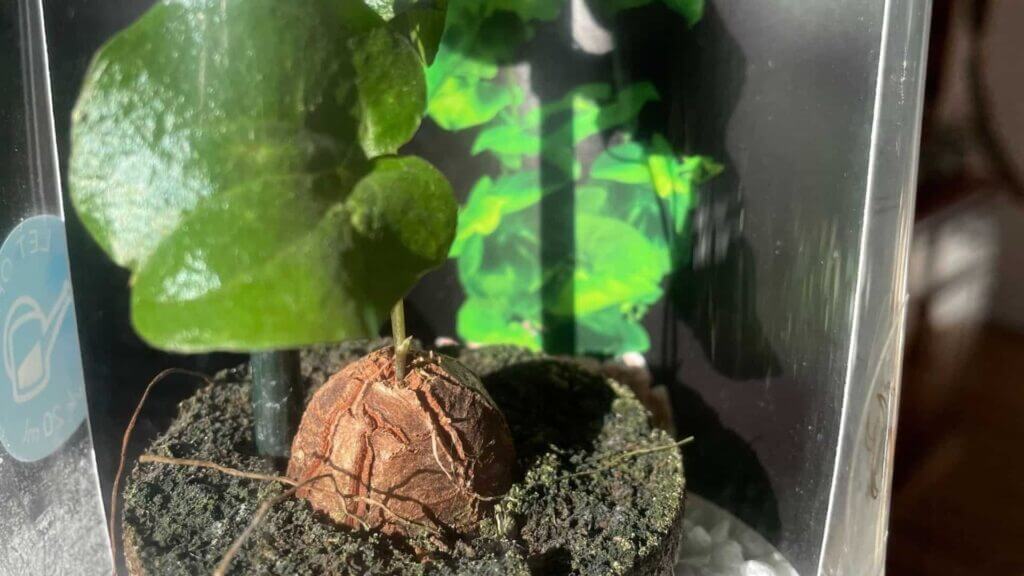
Dioscorea elephantipes
Dioscorea elephantipes, also known as the Elephant’s Foot plant, is a truly unique and fascinating succulent. Its most striking feature is its large, bulbous base. As the plant matures, it produces long, slender vines that can grow up to several feet in length. The leaves of Dioscorea elephantipes are heart-shaped and a beautiful shade of green.
If you enjoyed this guide head over to Articles & Blogs to learn more or check out our YouTube for even more useful information!




